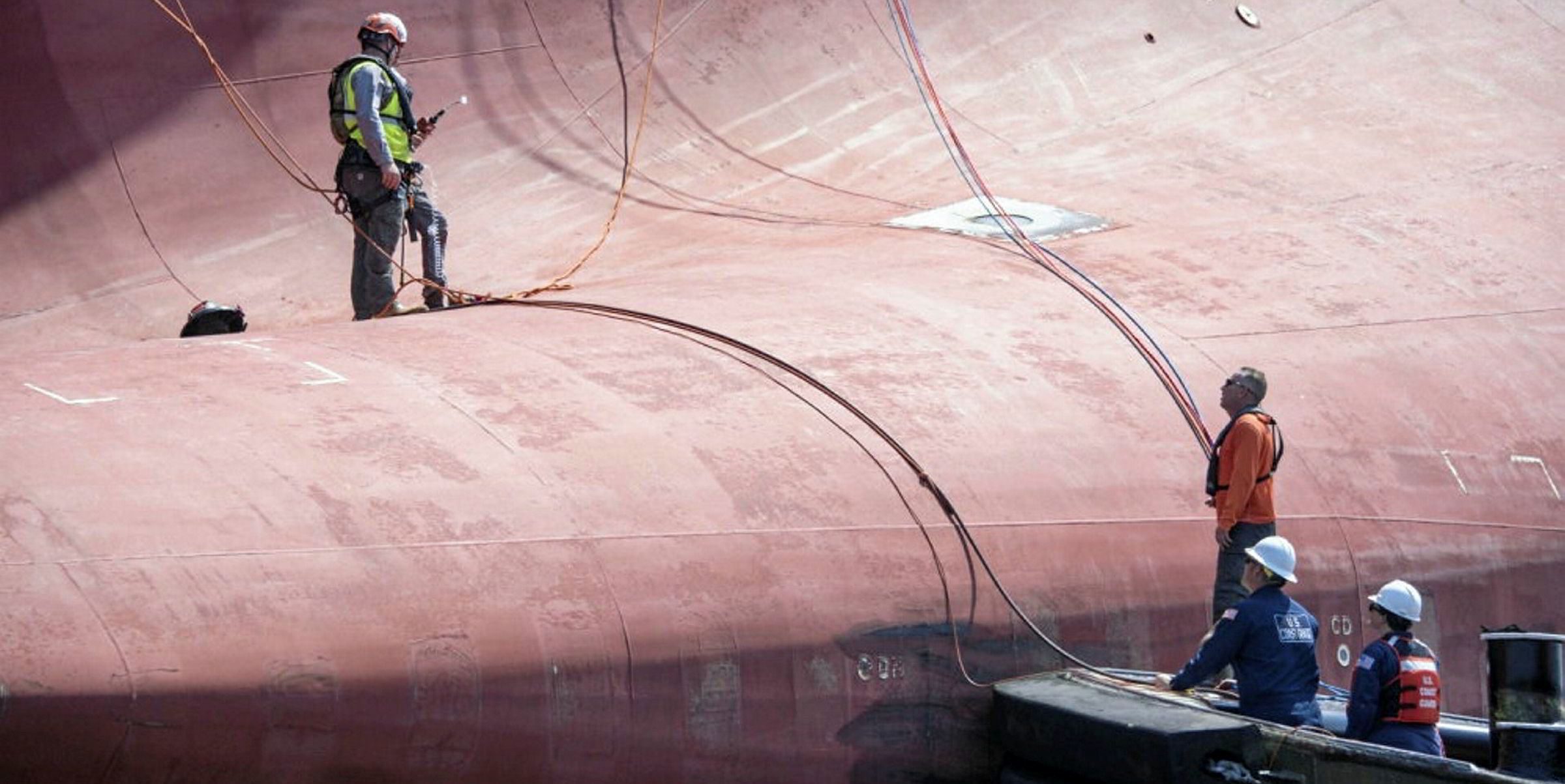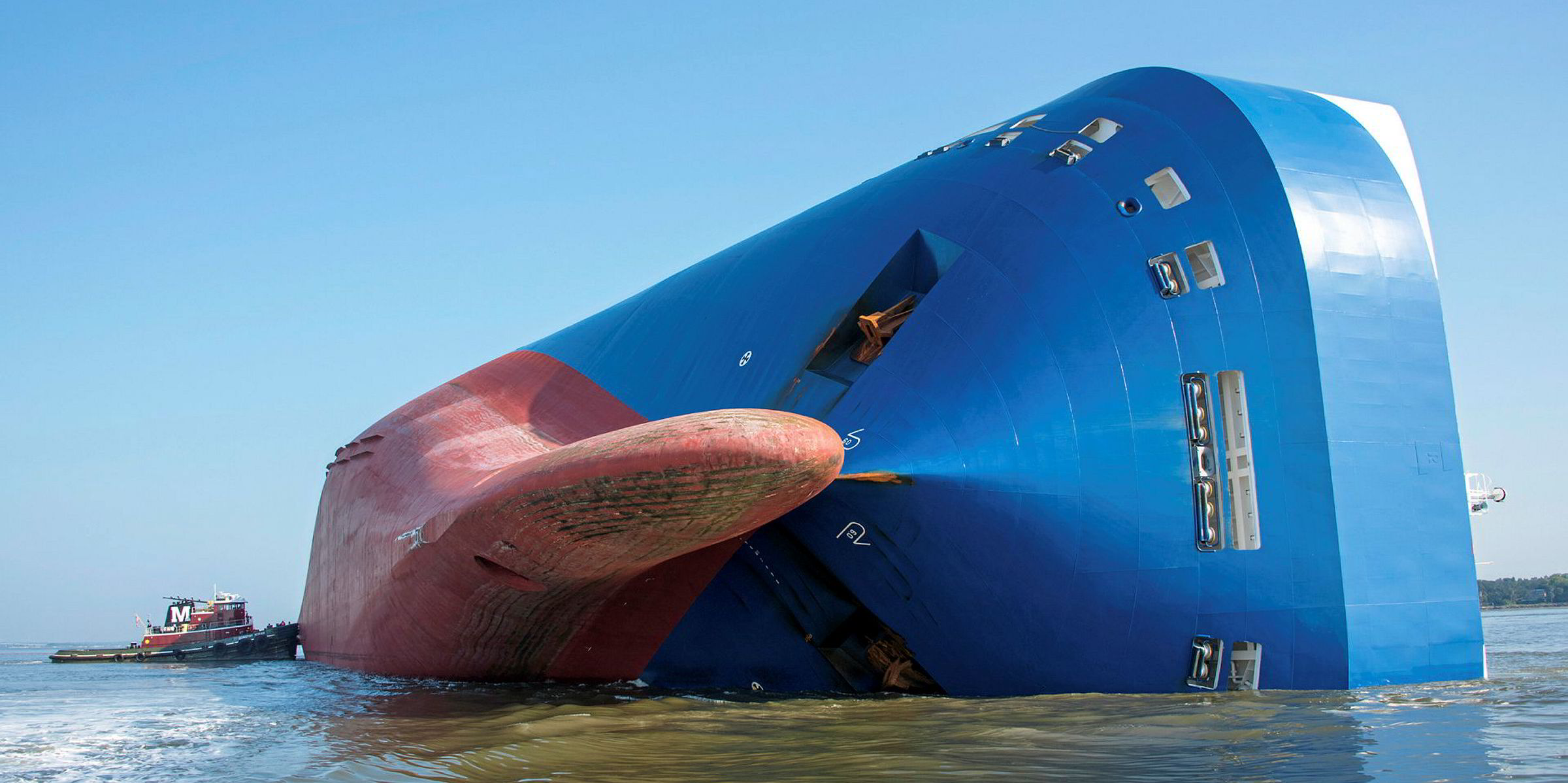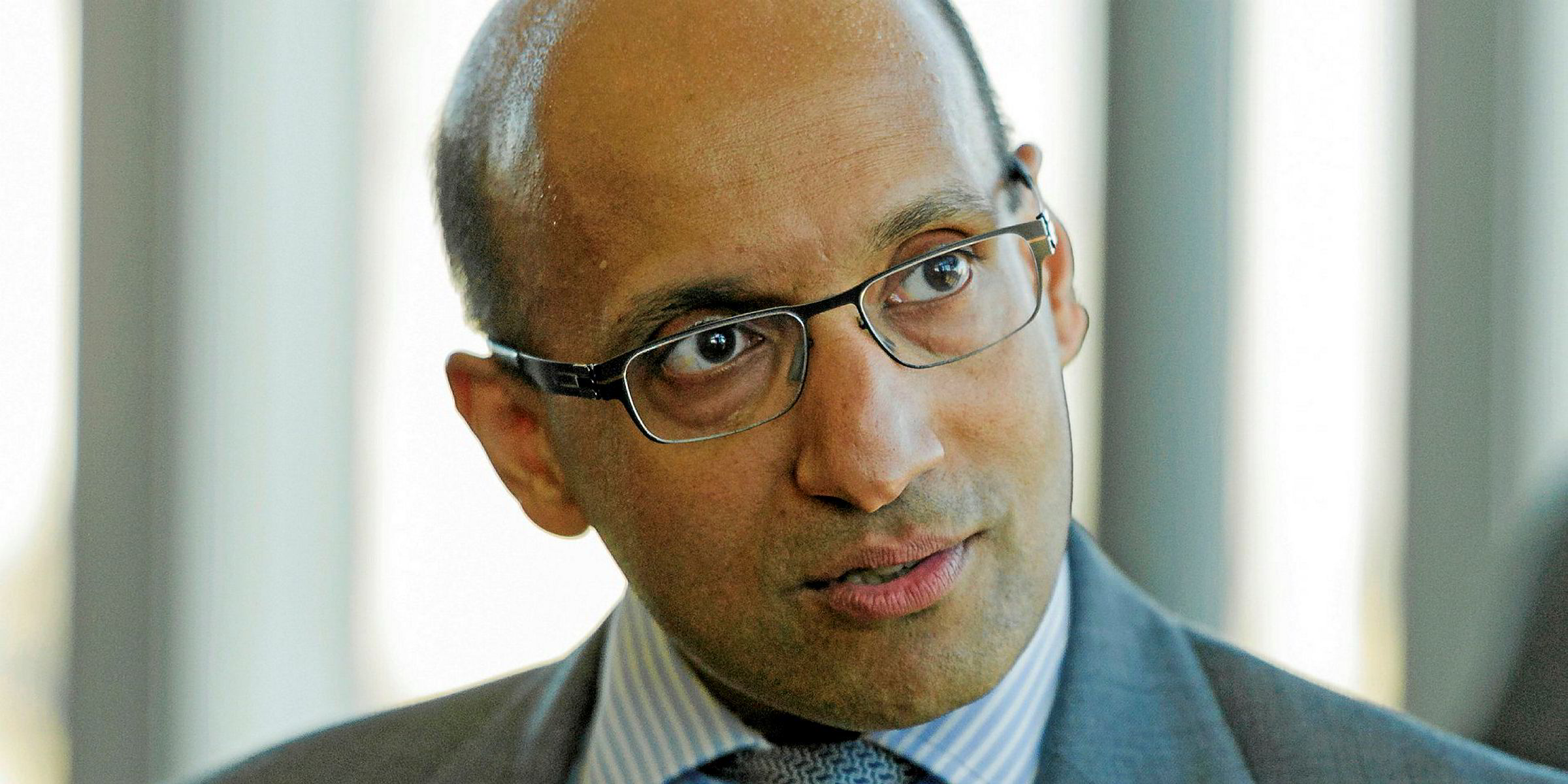Insurers are facing claims in excess of $200m for a grounded car carrier, the Golden Ray (built 2017), after the vessel was written off last week.
Underwriters, believed to be based in the Far East, will now have to fork out the full $87m insured value of the hull to owner Hyundai Glovis of South Korea.
The decision to declare the 71,000-gt Golden Ray a constructive total loss (CTL) will likely have taken into account the damage incurred by the vessel as it lay aground for six weeks off the US port of Brunswick.
The hull is likely to be structurally unsafe and the ship’s machinery, much of which will have been submerged, unusable.
A cargo of 4,000 Chrysler and Kia cars has already been written off. While there is no declared insured value on the cargo, even a conservative estimate of $20,000 per vehicle would put their total value at about $80m.
Hull and cargo losses alone would make the Golden Ray the largest marine insurance claim this year, but it is the potential cost of the wreck removal that is raising questions over the size of the total claim.
The US Coast Guard has said the vessel will have to be dismantled piece by piece onsite.
Cost comparison
By comparison, the removal of the 50,000-gt car carrier Tricolor (built 1987) in the English Channel in December 2004 was priced at $40m by a consortium of salvors.
However, the total cost including salvage was estimated at $54.7m, according to independent marine and engineering outfit London Offshore Consultants.
More recently, the removal of the 23,500-gt car carrier Baltic Ace (built 2007), which sank off the Netherlands in 2012, was reported to have cost insurers $73m.

Although the wreck of the Golden Ray is more accessible than the Tricolor or Baltic Ace — and sea conditions are expected to be calmer — at 74,000 gt it is much larger and was carrying twice as many cars.
The North P&I Club, in cooperation with the US Coast Guard, will manage the wreck removal. As the shipowner’s third-party liability insurer, the cost of the wreck removal should also fall on North P&I.
However, North P&I can significantly limit its financial liability under the Convention on Limitation of Liability for Maritime Claims.
There is also further scope for the shipowner to limit liability under the Nairobi International Convention on the Removal of Wrecks (Wreck Removal Convention).
TradeWinds understands North P&I has not yet invited salvors to bid for the work.
That could suggest the job has already been assigned to US salvage firm Donjon Marine, which acted as emergency response salvor for the Golden Ray and has equipment and personnel onsite.
However, leading salvors will be rubbing their hands at the prospect of being asked to bid for such a lucrative contract.
Smit Salvage is the recognised specialist in the field of dismantling grounded car carriers. It used a cheesewire-type cutting system to break up the hull of both the Tricolor and Baltic Ace.
The likes of Ardent, Resolve Maritime and Shanghai Salvage are also technically capable to handle the job, and are potential bidders.
One factor will be whether salvage companies will be prepared to accept a fixed-fee contract, which is increasingly being used in large wreck-removal jobs to keep a cap on costs.






